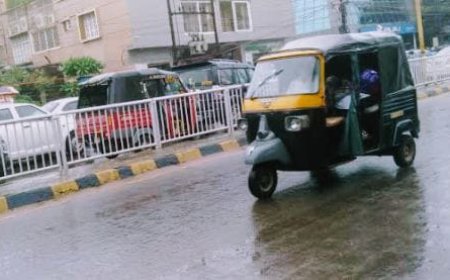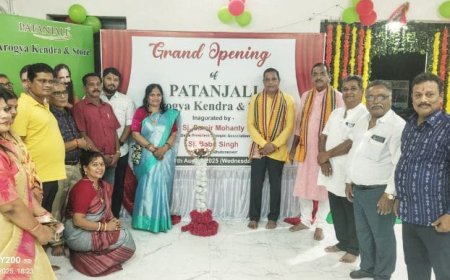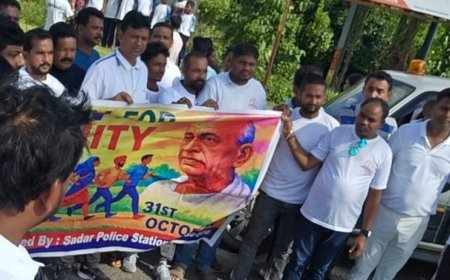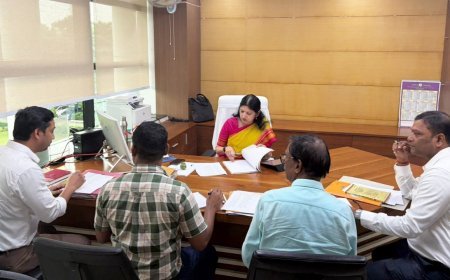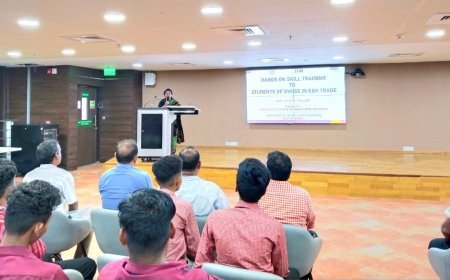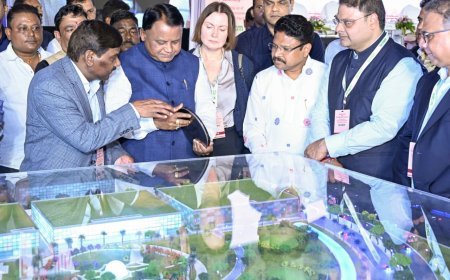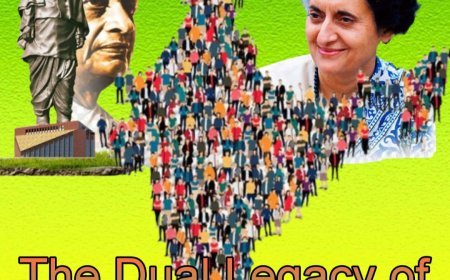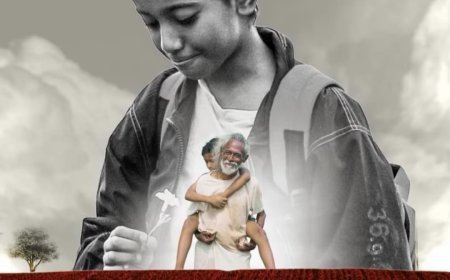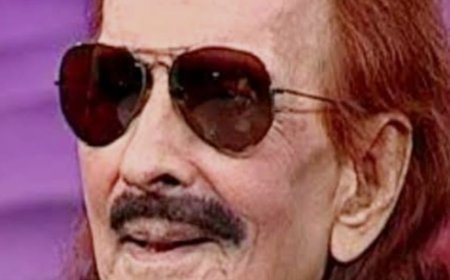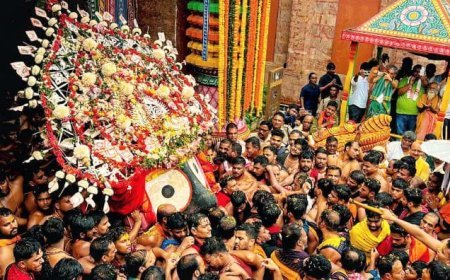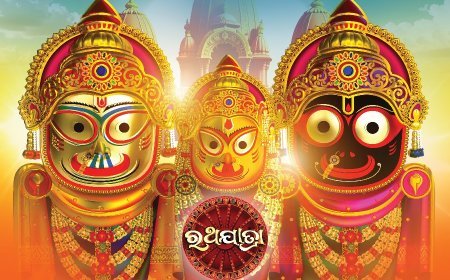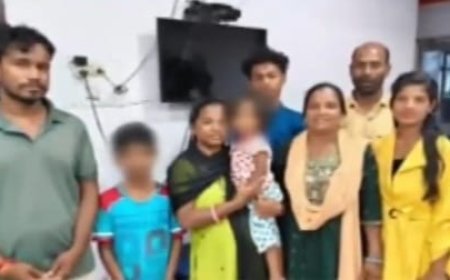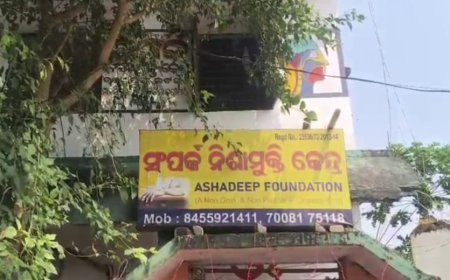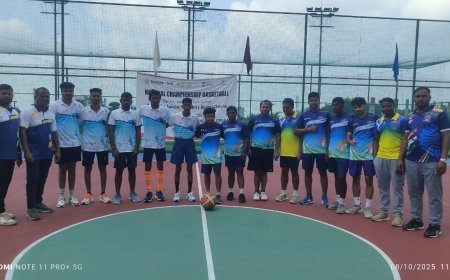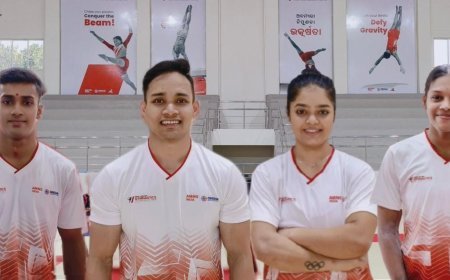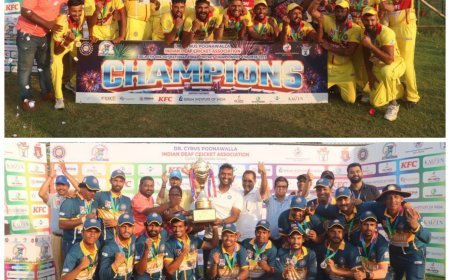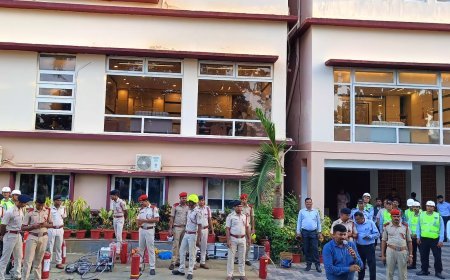The Dual Legacy of October 31: The Nativity of the Iron Man and the Martyrdom of the Iron Lady
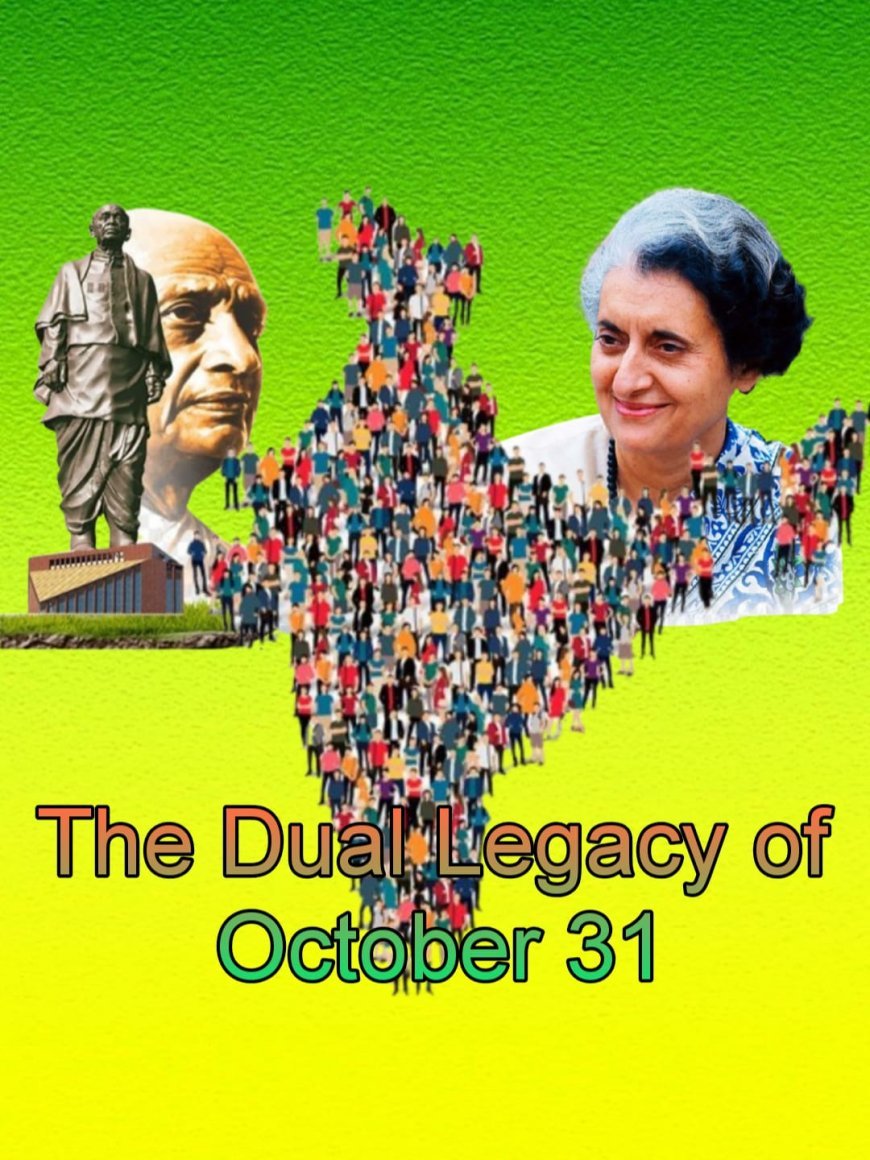
The Iron Man: Sardar Patel’s Natal Day
Ere the dawn of India’s sovereignty, the indomitable Sardar Vallabhbhai Patel, in a resonant oration, lamented: “It is our misfortune to ape foreign customs and traditions. Our countrymen lack character. I was taught that incompetent foreigners are better and only they can bring progress. I was curious to behold the English who rule us from seven thousand miles afar… I was told that if I could muster seven to ten thousand rupees, I might voyage to England. None would bestow that sum upon me. Thus I resolved to earn and hoard it myself. Hence, I studied with fervent zeal for the law examination and vowed to amass the requisite funds.” Such was the singular, resolute trajectory of Vallabhbhai’s ascent to eminence. Returning from England’s hallowed legal halls in 1913, he emerged as Mahatma Gandhi’s peerless confederate. Post-independence, his visionary soul yearned for an Akhand Bharat—a seamless, undivided India. With prescient sagacity and incisive intellect, he wove 562 princely realms into the national tapestry, evincing valor sans parallel. Dubbed the Iron Man for his adamantine decrees, he graced the office of India’s inaugural Deputy Prime Minister. This day marks the natal anniversary of this colossal luminary, born on the thirty-first of October, 1875, in Nadiad within the erstwhile Bombay Presidency. His birth is commemorated nationwide as National Unity Day, and in eternal homage, the majestic Statue of Unity rises in Gujarat’s sacred soil.
The Iron Lady: Indira Gandhi’s Day of Sacrifice
“Even if I perish in the service of the nation, I shall glory in it. Every drop of my blood shall invigorate this land’s strength, prosperity, and progress.” Thus spake the indomitable Indira Gandhi in her valedictory address at Bhubaneswar, words that, four decades hence, still kindle the hearts of myriad Indians. On the thirtieth of October, 1984, whilst discharging her duties as Prime Minister, she graced Odisha with her presence, only to return to New Delhi and meet her tragic end at the hands of her own sentinels the ensuing morn—October 31. The sole daughter of Pandit Jawaharlal Nehru, India’s premier female Prime Minister, Indira’s patriotism, crystalline intellect, and dauntless spirit exalted her as a singular colossus upon the world’s political firmament. Christened the Iron Lady for her audacious feats—the nationalization of banks, the abolition of privy purses, and, supremely, her stewardship in the 1971 liberation of Bangladesh—she emblazoned her name in history’s annals. Garibi Hatao—Banish Poverty—was the clarion cry that resounded from her lips. Schooled at Shanti Niketan and Oxford, she returned to India to grace the 1938 National Congress conclave, thereby inaugurating her illustrious political odyssey. In 1942, she wed Feroze Gandhi, a fervent patriot and Congress stalwart, and that same year plunged into the Quit India Movement, courting imprisonment. In 1959, she ascended to the presidency of the All India National Congress. Under Lal Bahadur Shastri, she served as Minister of Information and Broadcasting. Upon Shastri’s demise in 1966, Indira Gandhi ascended as the nation’s first woman Prime Minister, reigning from 1966 to 1977 and anew from 1980 until her fateful assassination.
Sanjay Pattnayak


